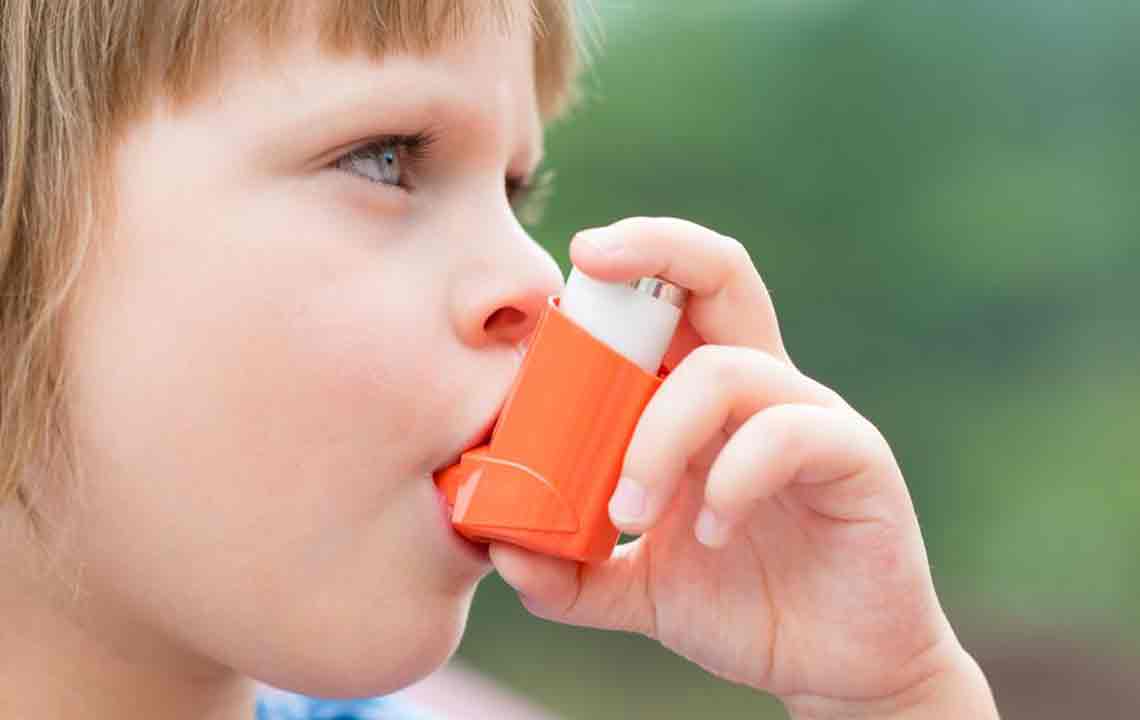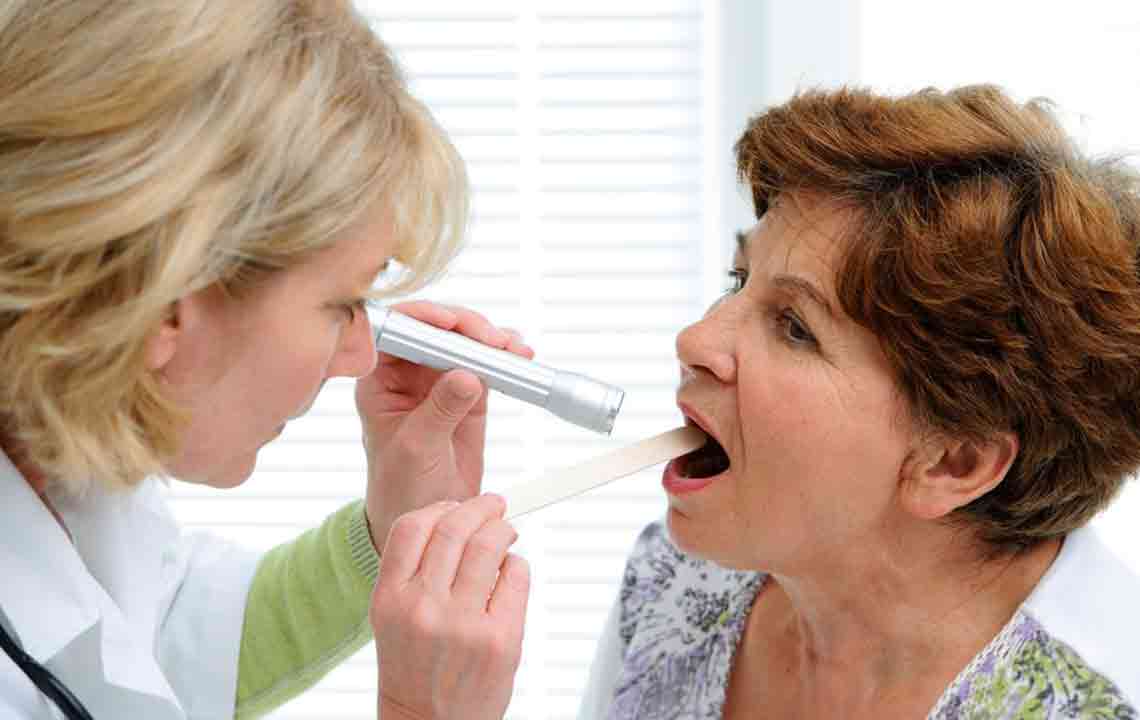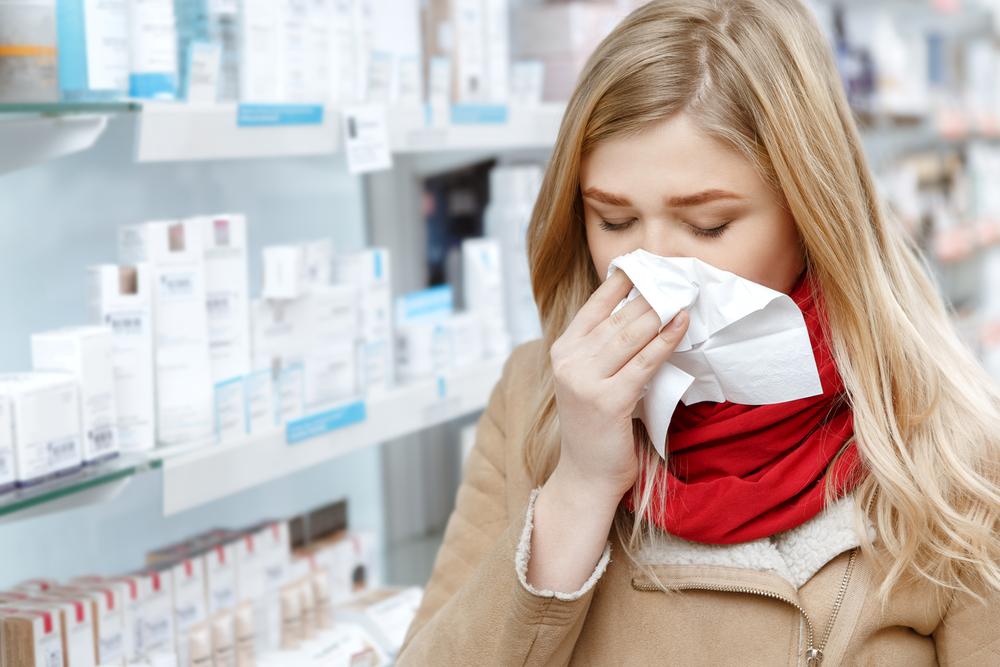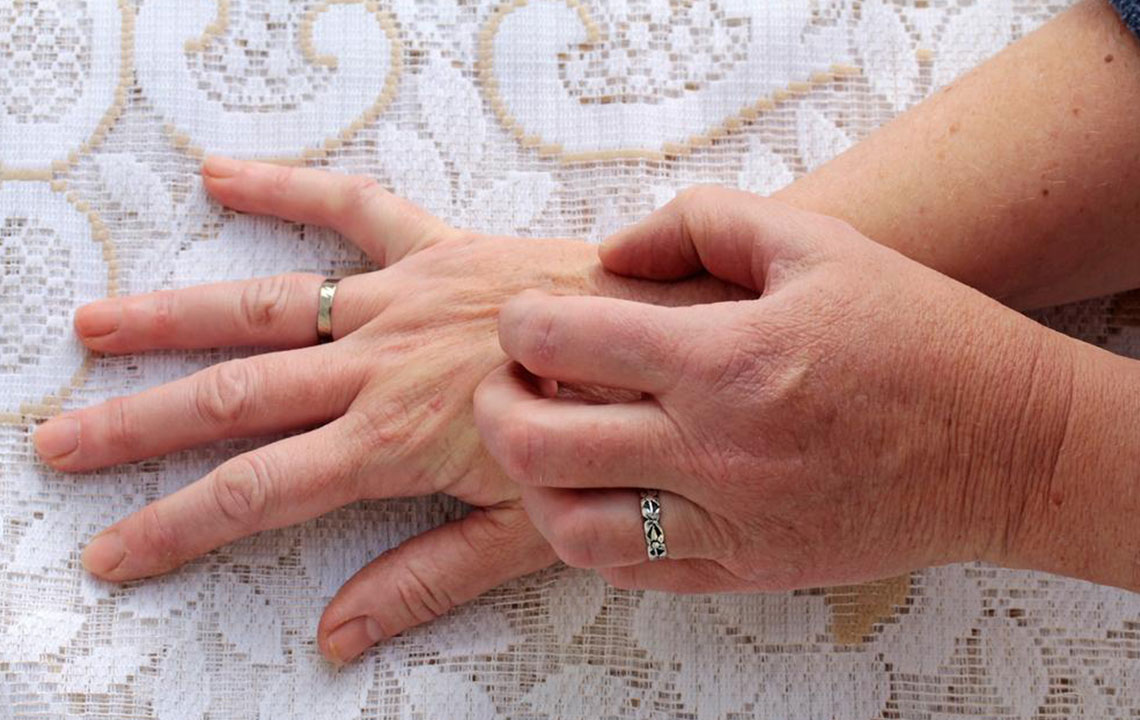Comprehensive Guide to Managing Children's Allergies and Achieving Comfort
This comprehensive guide explains how parents can effectively manage children's allergies, including identifying triggers, using medications like antihistamines and nasal steroids, and adopting practical lifestyle strategies. Proper allergy management is essential for improving children's quality of life and preventing severe reactions. Understanding allergy symptoms and working with healthcare providers are key components of effective treatment. The article emphasizes prevention, medication options, and lifestyle adjustments, providing valuable insights for parents and caregivers to help children breathe easier and stay comfortable during allergy seasons.

Understanding Childhood Allergies and Effective Relief Strategies
Childhood allergies are a common concern that can significantly impact a child's quality of life. An allergy occurs when the immune system reacts abnormally to substances that are typically harmless to most people. These substances, referred to as allergens, can infiltrate the child's body via inhalation, ingestion, or direct contact with skin. Since children's immune systems are still maturing, they tend to be more susceptible to allergic reactions. As parents and caregivers, understanding how to identify, manage, and alleviate these allergy symptoms is crucial to ensuring children remain healthy and comfortable.
Allergens that commonly cause allergic reactions in children include pollen from trees, grasses, and weeds, mold spores, pet dander from animals like cats and dogs, household dust mites, and certain foods such as nuts, dairy, and shellfish. The symptoms they cause can vary widely, influenced by the type of allergen and the exposure method. Typical signs encompass itchy, watery eyes, frequent sneezing, nasal congestion or a runny nose, skin rashes and hives, persistent fatigue, and, in some cases, gastrointestinal issues such as stomach cramps, nausea, and vomiting. It’s worth noting that while allergies are not curable, effective symptom management is entirely possible with the right strategies and treatments.
Achieving optimal allergy management begins with accurately identifying the allergen responsible for triggering the reactions. This often involves allergy testing administered by an allergy specialist. Once the allergen is known, efforts focus on minimizing exposure, which can be challenging, especially during high pollen seasons or in dust-prone environments. Complete avoidance isn’t always feasible, but strategic measures can significantly reduce severity and frequency of allergic episodes.
Medications play a vital role in controlling allergy symptoms. Consulting a healthcare professional is essential to determine safe and effective options tailored to the child's specific needs. Antihistamines are among the most common first-line treatments; they work by blocking the effects of histamines—the chemicals released during allergic responses—leading to relief from symptoms such as sneezing, nasal congestion, and itchy, watery eyes. These medications are often available in both over-the-counter and prescription forms. Pediatric formulations are specially designed to be safe for children when used appropriately. Some antihistamines are combined with decongestants to provide added relief from nasal blockage.
It's important to note that antihistamines can cause side effects, including drowsiness and dry mouth, so parents should choose formulations suitable for their child's age and health profile. To mitigate allergy symptoms proactively, starting medication ahead of allergy seasons—like before pollen peaks—can be beneficial and prevent symptoms from worsening.
In addition to antihistamines, nasal corticosteroid sprays are highly effective in reducing nasal inflammation and improving breathing comfort. These sprays, often available through prescription, come in liquid or spray form and should be used under medical guidance to ensure safety and proper dosing. For eye-related discomfort, medicated eye drops can provide targeted relief for itchy or swollen eyes.
Beyond medications, various practical strategies can enhance allergy management. For example, staying indoors during peak allergen periods—such as windy days with high pollen counts—can greatly lessen exposure. Regularly using saline nasal rinses helps clear nasal passages of dust and pollen, easing congestion. Maintaining good hydration supports mucous membrane health, while the careful use of humidifiers can increase indoor moisture levels, benefiting respiratory comfort. However, humidifiers should be cleaned regularly to prevent mold growth, which can worsen allergies.
Applying cold compresses to itchy eyes, sinus areas, or swollen skin can soothe allergic reactions. Dietary management may also be necessary; avoiding allergenic foods and gradually reintroducing them allows for identification of specific food triggers. It’s essential to follow healthcare provider recommendations when adjusting diets or medication routines.
Overall, managing childhood allergies requires a comprehensive approach that combines accurate allergen identification, appropriate medication use, and lifestyle modifications. Working closely with healthcare professionals ensures that management strategies are safe, effective, and tailored to each child's unique needs. With proper care and vigilance, children with allergies can lead healthy, active lives free from unnecessary discomfort and health risks.





